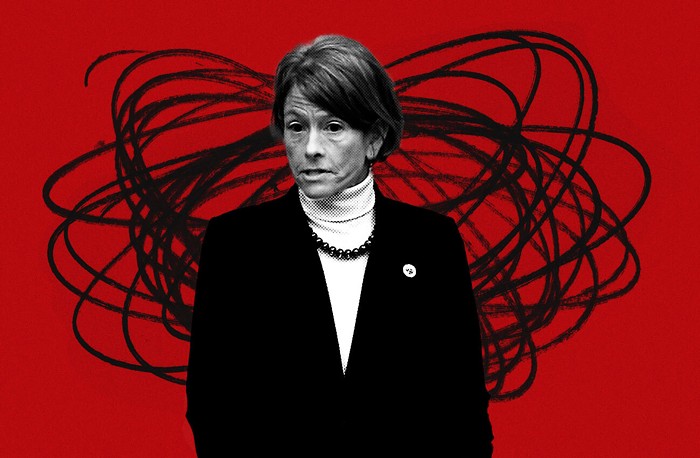But the folks at the Port have gotten pushy lately; so pushy, in fact, that the state's Department of Ecology (DOE) -- which needs to approve any plan that impacts the environment before it can get the federal go-ahead -- has succumbed to pressure and is circumventing the required public-approval process. According to e-mail messages obtained through a public-disclosure request by the Regional Commission on Airport Affairs (RCAA) -- a citizen activist group fighting the expansion -- the DOE decided to approve the Port's plan way back in March, before its environmental impacts were made public. This means that environmentalists (or anyone else, for that matter), who are supposed to be able to comment before a permit is issued, have been effectively cut out of the discussion.
In a March e-mail message, DOE staffer Tom Luster wrote to his regional director, Raymond Hellwig, that the department had already decided to issue the Port a permit for the expansion. The question at hand, he wrote, was how to get around the obstacles. "[It] would be easier and more justifiable... to deny the project because of the scope and extent of the project's impacts and the current conditions in the water bodies. However, since 'no' is not seen as an acceptable option, we are looking for creative and regulatorily appropriate ways to get to 'yes.'"
That passage speaks loud and clear to the RCAA's Al Furney, who accuses the DOE of betraying its mission to protect the environment by caving to pressure from the Port. "They are jumping the gun," he says. "They are railroading this thing along. The Port is the prime driver, but [the Department of] Ecology is susceptible to the pressure."
The Port denies leaning on the DOE. "We don't go around twisting people's arms," says Port spokesperson Bob Parker.
But DOE spokesperson Ron Langley admits Luster was getting an earful from Port officials, and from others. "In a project this large and this controversial, we get a lot of political pressure from all sides," Langley says. "We have received pressure and anxiety from the Port, and... from [the project's] opponents." But Langley claims the e-mail message doesn't show that Luster was caving to the Port's interests, but that he was acting under the assumption that the permit had to be granted: "If anything, I think it was an expression of frustration on his part," says Langley. Luster did not return phone calls from The Stranger.
Arguments like that don't wash with Furney, or Senator Julia Patterson, who represents the city of SeaTac and would like the DOE to deny the Port's permit. Patterson has gone so far as to rail against Luster's position at a public meeting held two weeks ago in Tukwila. She quoted the March e-mail message to around 1,000 attendees, most of whom had shown up to oppose the Port's plan. "I am bothered that the Department of Ecology appears to already be taking the side of the Port of Seattle," she told them. "If 'no' is not an option, then why are we all here? Because I'm saying 'no,' and so are thousands of other people."
There's still time for the public to have a say in whether the runway gets built: The public comment period ends on November 29, and the DOE has until next October to make a final decision about the permit. If approved, the runway would be completed in 2006. But even if the DOE denies the permit, Parker says the Port will try again, and is confident that the expansion will happen. "Right now, two runways are enough to handle the traffic we have," he says. "It appears we have to build three to have two."


















